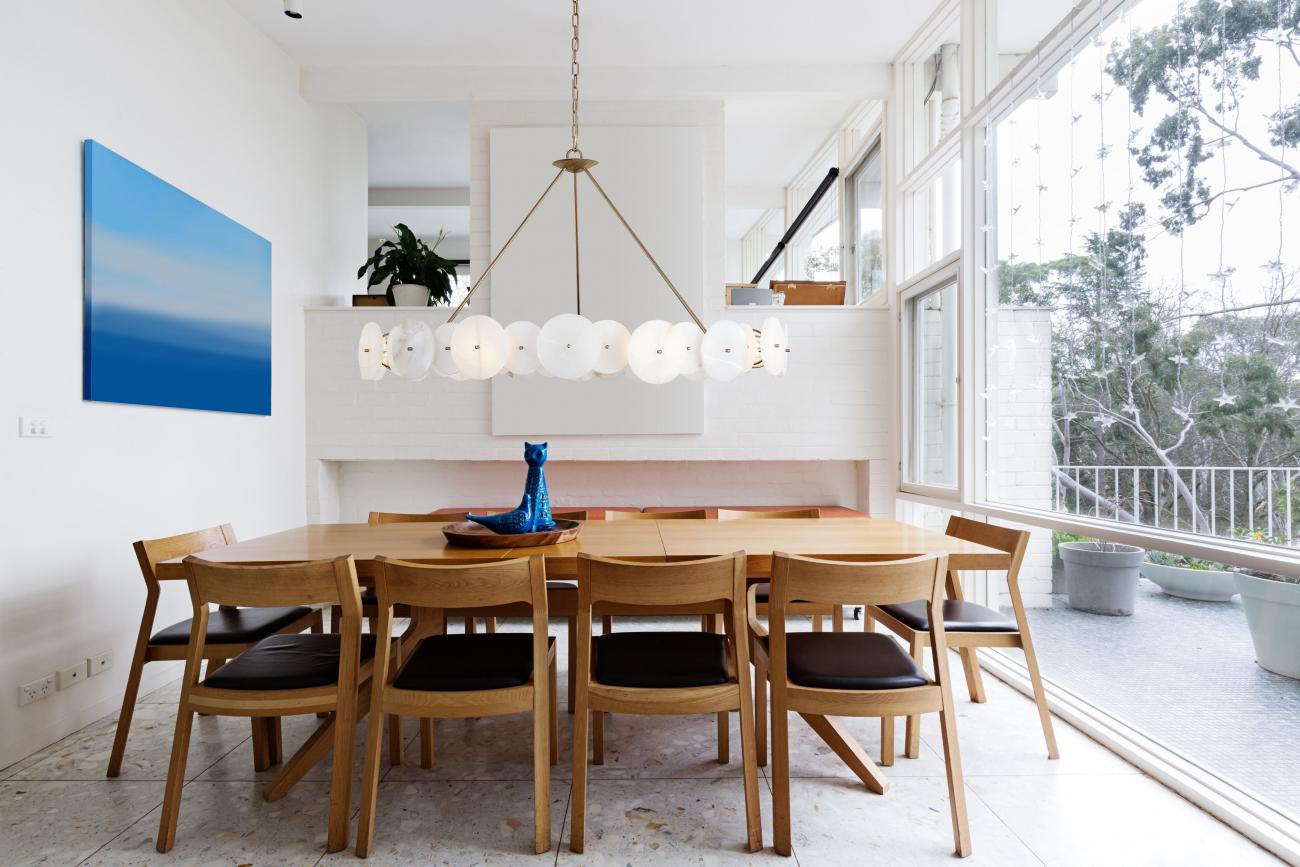Today’s consumers are paying increased attention to sustainability in their homes—both from a health and wellness perspective and to mitigate environmental impacts. As eco-friendly awareness continues to grow, it’s becoming increasingly crucial for interior designers to be well-versed in sustainable home decor. Understanding green products, how they’re made and how they contribute to wellness is important for designers to digest and explain to clients. The more clients understand that sustainability and beauty go hand-in-hand in the home, the better off they will be—and the planet will be. Read on for some key information to know about how sustainable products contribute to a beautiful, healthy, and happy home.
What is a “green” product in the home decor industry?
What defines a “green” product? They’re typically energy efficient, free of ozone depleting chemicals, and made of recycled or sustainably-sourced materials. It’s important to understand that green products are not lower quality. In fact, the opposite is often true. In home design, commonly-used recycled materials include steel, glass and plastic that can be refined to luxury, like-new quality.
While sustainable products can have a bad reputation surrounding their quality, these misconceptions are easy to dispel once you understand the refinement and manufacturing process. For example, steel is one of the oldest recycled materials, and for good reason. As a 100 percent recyclable material, it can be produced of the same quality as brand new steel.
New steel is produced using the Basic Oxygen Furnace method (BOF), which blows oxygen into a converter containing liquid hot raw iron, which has a high carbon content. This process produces high levels of CO2 emissions. In comparison, recycled steel is produced using an electric furnace that produces 85 percent less CO2 per ton of steel on average—a much cleaner manufacturing process.
Glass is another commonly recycled material used for home furnishings. With the fastest turnaround time of any recycled material, it can go from a recycling plant to a store shelf in just 30 days. The process is straightforward: after recyclables are collected, the glass is separated out and sent to a glass processing center, where it is further separated from contaminants and sorted by color. It’s then broken down into cullet, a sand-like substance that is ready to be re-blown into new glass products.
The benefits of recycling glass are hard to ignore: for every ton of glass that’s recycled, over a ton of natural resources are saved from use. The good news for home furnishings manufacturers and buyers is that most glass can be recycled to 100 percent quality and purity standards.
What are the psychological benefits of buying green?
Buying green can have positive mental impacts for design clients, as it’s seen as moral behavior, which directly correlates to positive self-image.
According to a study published in the scientific journal Environment, Development, and
Sustainability, people who voluntarily did more environmentally friendly acts had higher positive self image scores compared to those who did less.
These statistics from a Tiller LLC survey further back up the positive connection between buying green and feeling good:
- 62 percent of women feel strongly about the need for change when it comes to global climate change
- 87 percent of women are looking to do more to “go green”
- 53 percent of women express guilt about not living a more eco-friendly lifestyle
When it comes to people’s homes, designers have a great opportunity to help clients feel good about their choices and themselves. For clients, hiring a designer to transform and customize their space is a form of self-care, reducing stress and enhancing health and well-being. Environmentally-conscious interior design ultimately can boost your client’s self-image and confidence both through creating a beautiful, functional space and through the positive morality boost from selecting green home decor products.
What are the similarities in positive psychology in buying green and buying luxury items?
Similar to buying green, buying luxury gives people a self-esteem boost. Often, luxury items are purchased as a reward, and they’re seen as higher quality and longer-lasting. A 2018 Deloitte survey found that 83 percent of the U.S. market reported that buying luxury goods resulted in feelings of happiness and confidence. When it comes to sustainable luxury products, the feel-good benefits for buyers are heightened even more. When a luxury brand can make an environmental claim, this helps them to maintain stature in the buyer’s mind while also creating a more positive experience around the product.
In the coming few years, the luxury industry will grow to encompass more sustainable goods as luxury buyers increasingly look for green products. For interior designers looking to create beautiful, sustainable spaces, telling the story of a luxurious and eco-friendly lifestyle to your clients will become a needed part of the design process. The more you can share about an eco-friendly brand’s story and mission, and how the home goods are crafted, the more confident and satisfied your clients will feel with your services.
For designers interested in eco-friendly, handcrafted lighting products featuring recycled materials, visit www.varaluz.com.







